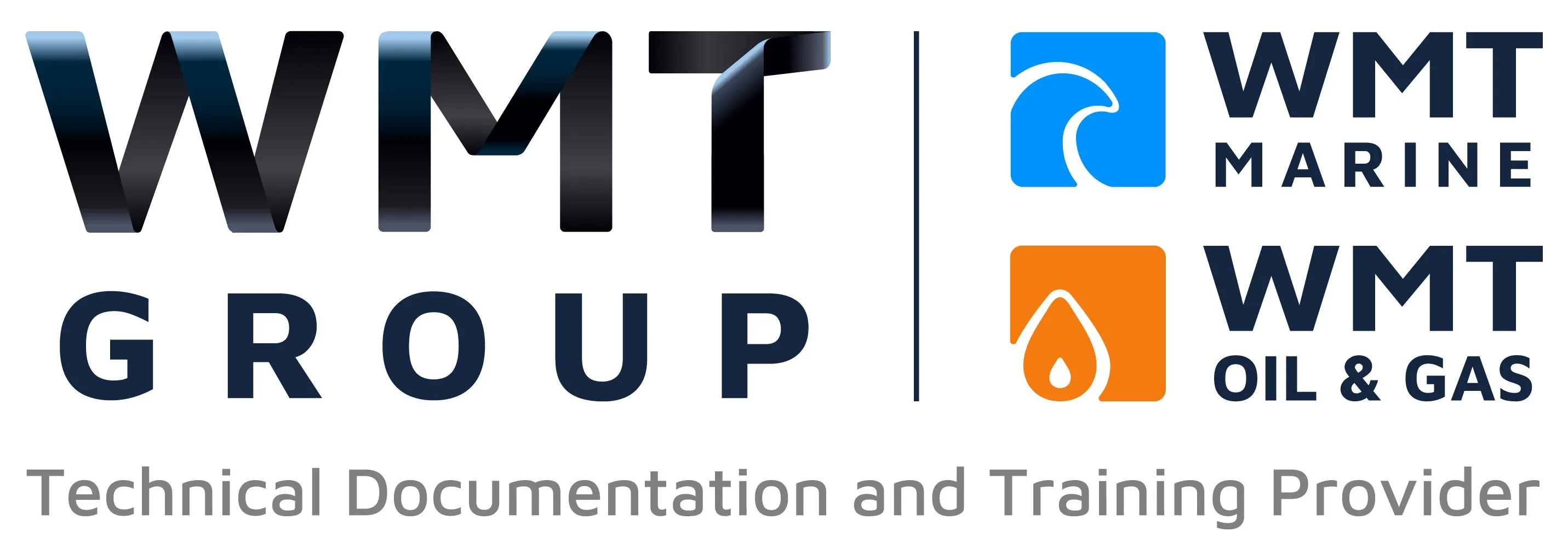Preventing Human Error in Vessel Operations Through Manuals

Human error is one of the most common causes of accidents in maritime operations, often leading to costly damage, delays, and safety risks. With the complexity of modern vessels, clear and comprehensive operating manuals have become essential tools for reducing these errors and ensuring smooth, safe operations at sea.
In this article, we’ll explore how customised manuals can minimise human error, enhance crew performance, and support safer, more efficient vessel operations.
Why Human Error is a Major Concern in Vessel Operations
The maritime industry operates in high-stakes environments where even small mistakes can have significant consequences. Factors contributing to human error include:
- Lack of Training: Crew members may not have adequate knowledge of complex systems.
- Inconsistent Procedures: Generic or outdated instructions can lead to misinterpretation.
- High Stress Levels: Emergency situations can amplify the likelihood of mistakes.
Operating manuals tailored to a vessel’s specific systems and procedures can address these challenges effectively, reducing risks and improving performance.
How Manuals Help Prevent Human Error
1. Providing Clear and Consistent Instructions
Customised manuals eliminate ambiguity by offering step-by-step guidance for all operations. This ensures crew members understand exactly what to do, whether it’s starting up a propulsion system or managing a ballast water treatment unit.
2. Supporting Comprehensive Crew Training
Manuals play a vital role in training programmes, providing new and experienced crew members with a reliable reference. Combining hands-on training with detailed operating instructions improves knowledge retention and operational confidence.
3. Enhancing Emergency Preparedness
Emergencies require swift, accurate decision-making. Manuals that include detailed emergency procedures empower crews to respond effectively to incidents such as fires, flooding, or equipment failures, minimising damage and ensuring safety.
4. Facilitating Knowledge Retention
Manuals are a cornerstone for maintaining critical knowledge over time. When used in conjunction with periodic knowledge checks and refresher training, they help crew members retain vital operational and safety information.
5. Ensuring Compliance with Regulations
Up-to-date manuals aligned with international standards (e.g., SOLAS, MARPOL) ensure your vessel meets regulatory requirements. This not only improves safety but also streamlines inspections and audits.
Key Features of Effective Vessel Operating Manuals
To maximise their impact, manuals should include the following:
- Customisation: Tailored to the specific systems and layout of your vessel.
- Clarity: Written in straightforward language with diagrams and illustrations where necessary.
- Emergency Procedures: Clear guidance for a wide range of potential incidents.
- Maintenance Schedules: Instructions for routine checks to prevent equipment failures.
- Digital Accessibility: Available on electronic devices for easy access by crew.
Conclusion
Preventing human error in vessel operations is not only about technology or automation—it’s about equipping crews with the right tools to perform their duties safely and efficiently. A well-crafted, customised manual is one of the most powerful tools available, reducing ambiguity, enhancing training, and improving emergency response.
By investing in tailored manuals and integrating them into daily operations, shipowners and operators can minimise risks, optimise efficiency, and contribute to safer seas.
Is your vessel equipped with the right operating manuals? Contact us today to learn how we can help you create customised solutions for your crew and vessel.
